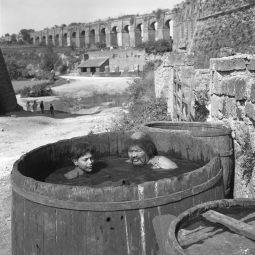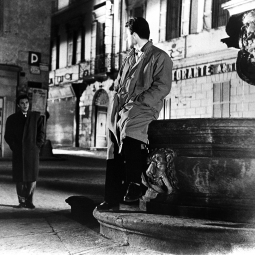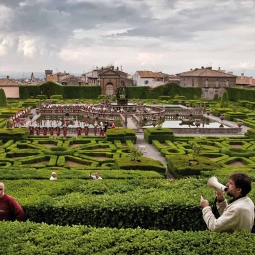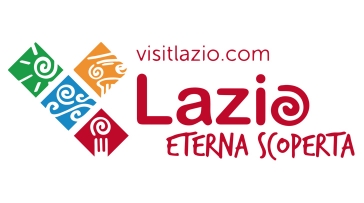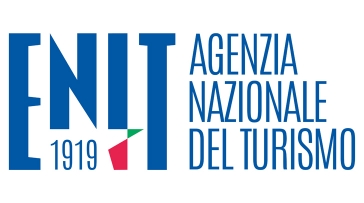One of the films made by Pasolini in the 1970s was shot in Castel Sant'Elia. Here, the interiors of the Romanesque basilica were the backdrop for some sequences of The Decameron (1971). Built in the 8th century and full of symbolic references, the Basilica of Sant'Elia boasts an artistic heritage of great value. Consisting of a transept and three naves, whose columns almost certainly come from the remains of Roman villas and monuments, the basilica is full of marvelous frescoes, considered as the most interesting and best preserved ones of all the Romanesque churches in Lazio.
The other location made popular by a long sequence of The Hawks and the Sparrows (1966), interpreted by Totò and Ninetto Davoli, is Tuscania. If in The Gospel According to St. Matthew (1964) Pasolini chose to give visibility to the facade of the Church of Santa Maria Maggiore - built at the end of the 11th century and characterized by three finely decorated portals - a few years later he preferred St. Peter's Basilica. Built in the 8th century on the remains of a pagan temple, the church underwent various transformations over the centuries: in the 11th century the side naves, the apses and the crypt were rebuilt; later, the central nave was lengthened by adding two arches towards the entrance. The facade also had various construction phases: the lateral parts were built in the 12th century whereas the central, vertical body was constructed at the beginning of the following century.
A beautiful example of Romanesque art, the church is easily recognizable even from a distance both for its dominant position on top of a hill and for the stunning façade with three portals. Despite the fascination for Tuscania, however, Pasolini's heart was stolen by Chia: a small village in the municipality of Soriano nel Cimino, inhabited by a few hundred people and dominated by a tower which the director eventually bought in 1970. The Castle of Colle Casale, better known as Torre di Chia, consists of a series of ruins which include an irregularly shaped, crenelated wall that surrounds the remains of a castle in the immediate vicinity of the Fosso Castello waterfalls. At the time of writing, the Tower is privately owned.
Fun fact
Petrolio, the novel that Pier Paolo Pasolini wrote during the last years of his life, was released unfinished and posthumously in 1992, seventeen years after his death. The novel, a sort of "modern Satyricon", is a vivid portrait of the decadence and corruption of Italian society; at the same time, it can be perceived as an indecent autobiography punctuated by crude descriptions of homosexual intercourses. The photographs that portray Pasolini naked, taken by Dino Pedriali inside the Tower of Chia, were intended by the writer to be inserted between the pages of the book, to act as «a corollary to a sort of large autobiography. A work in which I will bare everything about myself, the most scandalous thing I've ever done». Taken in October 1975, a few weeks before Pasolini's assassination, the photographs were made public by the author in 1978.
Written by Franco Grattarola










